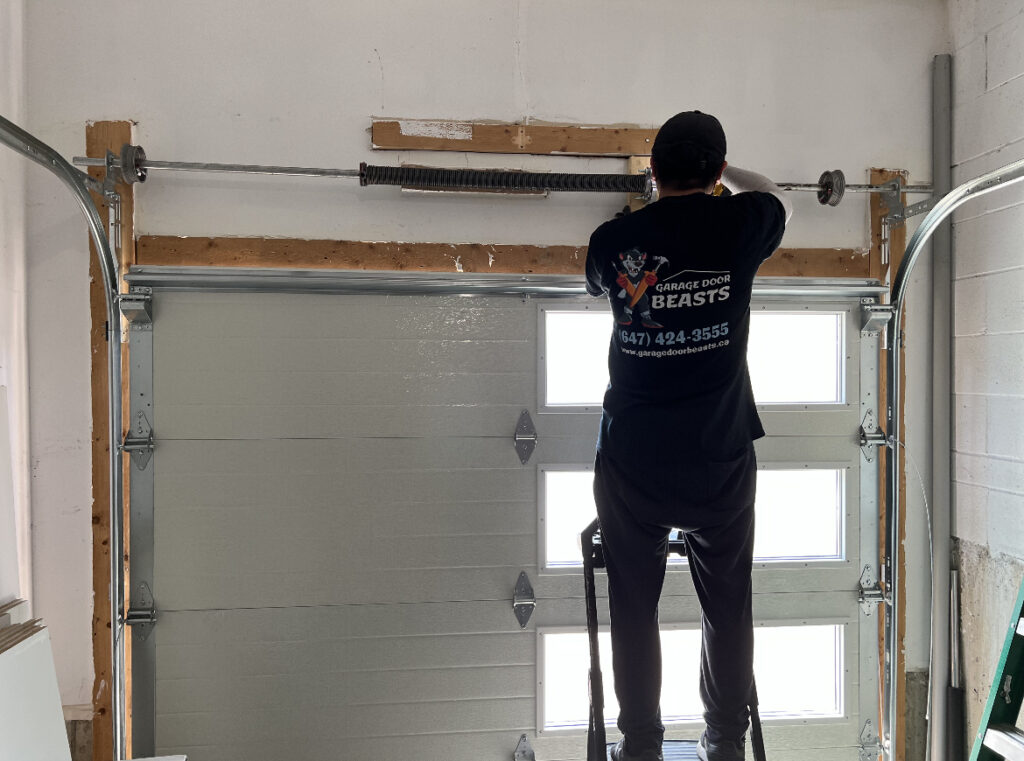Garage door springs play a crucial role in the smooth operation of your garage door. They are responsible for counterbalancing the weight of the door, making it easy to open and close. When it comes to garage door springs, there are two primary types: torsion springs and extension springs. In this blog post, we will delve into the differences between these two types of springs, helping you make an informed decision for your garage door needs.
Torsion Springs: Torsion springs are among the most common types of springs used in garage doors. These springs are mounted horizontally above the door and are typically located along the door’s header. They work by winding up and storing energy as the door is lifted, and then releasing the stored energy to assist in lowering the door. Torsion springs offer several advantages, including a longer lifespan, smoother operation, and better balance for the door.
Extension Springs: Extension springs are another type of springs commonly found in garage doors. Unlike torsion springs, extension springs are mounted on both sides of the door, parallel to the horizontal tracks. These springs stretch and expand as the door is lifted, creating tension that helps balance the door’s weight. While extension springs are simpler in design and installation, they are generally considered to have a shorter lifespan compared to torsion springs.
Key Differences:
- Mounting Position:
- Torsion springs are mounted horizontally above the door.
- Extension springs are mounted vertically on both sides of the door.
- Mechanism:
- Torsion springs use torque to generate energy, resulting in a smoother and quieter operation.
- Extension springs create tension through expansion, leading to a slightly less smooth operation.
- Lifespan:
- Torsion springs usually have a longer lifespan due to their design and reduced wear during operation.
- Extension springs tend to wear out quicker and may require more frequent replacement.
- Safety:
- Torsion springs are generally considered safer as they are located above the door and away from potential impact zones.
- Extension springs can be more hazardous in the event of a breakage, as they are located on the sides of the door.
- Maintenance:
- Torsion springs require less maintenance and adjustments compared to extension springs.
Both torsion and extension springs have their pros and cons, and the choice between the two depends on factors such as the type of garage door, available space, and personal preferences. It’s important to consider safety, longevity, and maintenance when selecting the appropriate spring type for your garage door. Consulting with a professional garage door technician at Garage Door Beasts is highly recommended to ensure that your garage door operates safely and efficiently.
Remember, whether you opt for torsion or extension springs, regular maintenance and periodic inspections are key to extending the lifespan of your garage door springs and ensuring the overall functionality of your garage door system.
Contact us at (647) 424-3555

